-
Posts
170 -
Joined
-
Last visited
Content Type
Profiles
Forums
Gallery
Events
Posts posted by G. Delacroix
-
-
Hello
The false keel is used to preserve the keel and to prevent a little the leeway (the drift). On French ships, it is generally only 4 to 5 inches (French) thick, or approximately 11/14 cm. This value does not affect the draft value significantly. On the other hand, its protective role is very important.
However, you should know that not all ships have a false keel.
In the report published at the end of the monograph, there is no mention of gripe, it does not exist in the French navy. The text cites an iron stirrup intended to prevent the rudder from being engaged by an anchor cable. We can also observe this stirrup on the plans of the monograph.GD
-
-
Hello,
The monograph of "L'Invention" has only been published for 6 months, there is still no model to my knowledge.
The prototype models which are detailed in photos in my monographs are of course finished after publication. But, for "L'Invention" and "L'Egyptienne", there is no prototype model. The model by Greg will therefore be the first whose construction will be published.
For "L'Egyptienne", there are several models under construction by members of my forum, including this one made with great talent:https://5500.forumactif.org/t3726-l-egyptienne-au-1-48-mes-debuts-en-arsenal
GD
-
I don't know the exact term in English because I find several translations but I think it's cable-laid or cablete or wharp. In reality, it's three hawsers layed together.
- Keith Black, wefalck, mtaylor and 3 others
-
 6
6
-
-
I'm even certain of it, the basic thread of the ropes, that is to say the rope yarn, is soaked in hot vegetable tar before being worked into larger diameters. This is the basis of tarred ropes.
I only indicated that the standing rigging was tarred occasionally, never the running rigging. This is the reason for its lighter shade in addition to wear.
The color is a rather dark reddish-brown without being black. In the 1850s, lampblack was added to make vegetable tar darker. It is in these years that we will begin to use mineral tar, coal tar and later petroleum tar.
The strops are part of the standing rigging, they had to be tarred from time to time. -
Hello,
I just want to specify that all the ropes are tarred, I mean all of them.
Running rigging becomes slightly lighter as it is maneuvered, wears down, and especially as it passes through the pulleys. The standing rigging remains dark especially as it is re-tarred from time to time without any wear.
GD
- Keith Black, Siggi52, mtaylor and 2 others
-
 5
5
-
8 hours ago, Greg Davis said:
Mr. Delacroix:
Thank you for your input; I've spent more time exploring plan sets for both of these ships, and have now decided that in the near future I will open a build log for L'Invention. I am also fairly sure that the model will be made primarily with pear wood. As with the dredger, I will do my best to make an honest and high quality representation of your work.
Greg
Hello,
Very good choice, I can't wait to discover this yard that is, for the moment, unpublished.
All my encouragement goes with you
GD
-
Hello,
Congratulations on obtaining these awards, they demonstrate the quality of your model's execution as well as the application and value of your work.
For your next model, I take the liberty of recommending L'Invention, which will be much simpler than L'Egyptienne. This beautiful frigate is truly a big ship with all the complexity of the work of carpentry, artillery and decoration that this implies.The Invention is structurally simpler without being easy but, to my taste, it has the advantage of novelty both in the world of model making and in the innovations it brings for the time of its construction. Moreover, it is an opening towards the clippers which will succeed it fifty years later.
Whatever you decide, I have no doubt that your project will succeed.And thank you for the citation and the compliments.
GD
-
Hello,
In English "canal des anguillers" can be translated by: limber-holes.
GD
- mtaylor, Keith Black and Tobias
-
 2
2
-
 1
1
-
Your example shows a triangular shape that indeed existed. For the period concerned (end of the 18th century), the size of the sail surprisingly increased until arriving at that which is illustrated in the drawing just above.. Towards the first third of the 19th century, it will return to a more reasonable size.
Here is an extract of the sail plan of a corvette, we can see the large surface of this sail.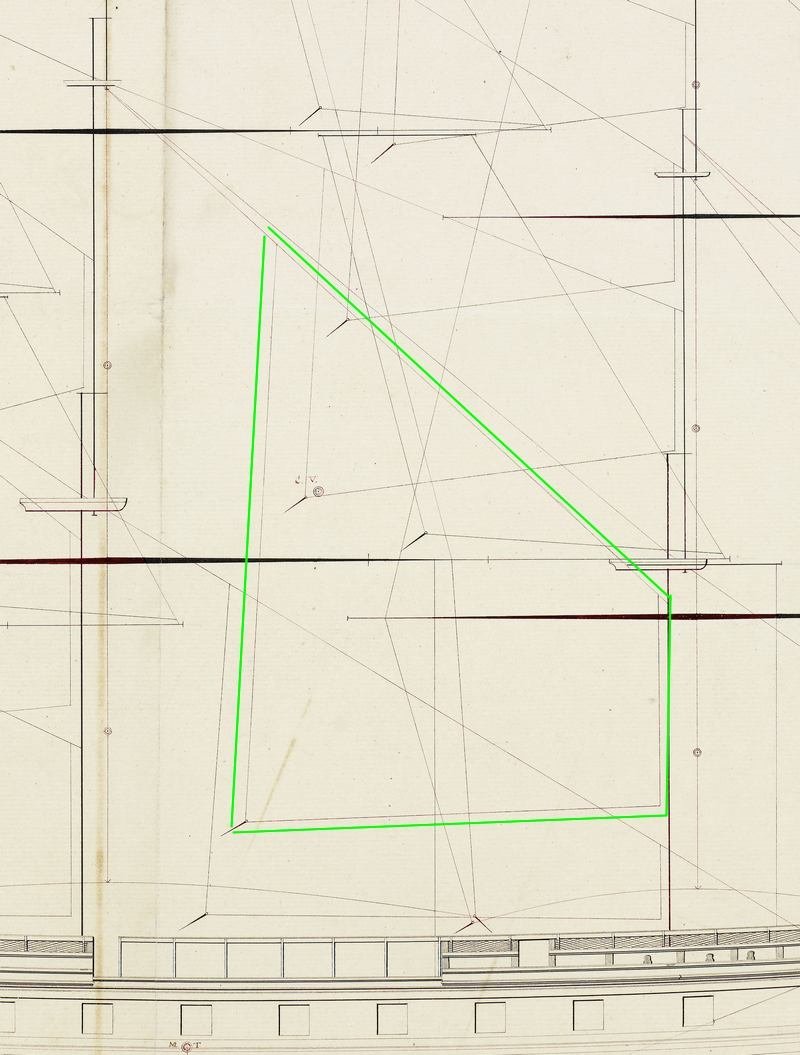
GD
-
-
Hello,
I just found this in my archives, if it helps you, circa 1830:
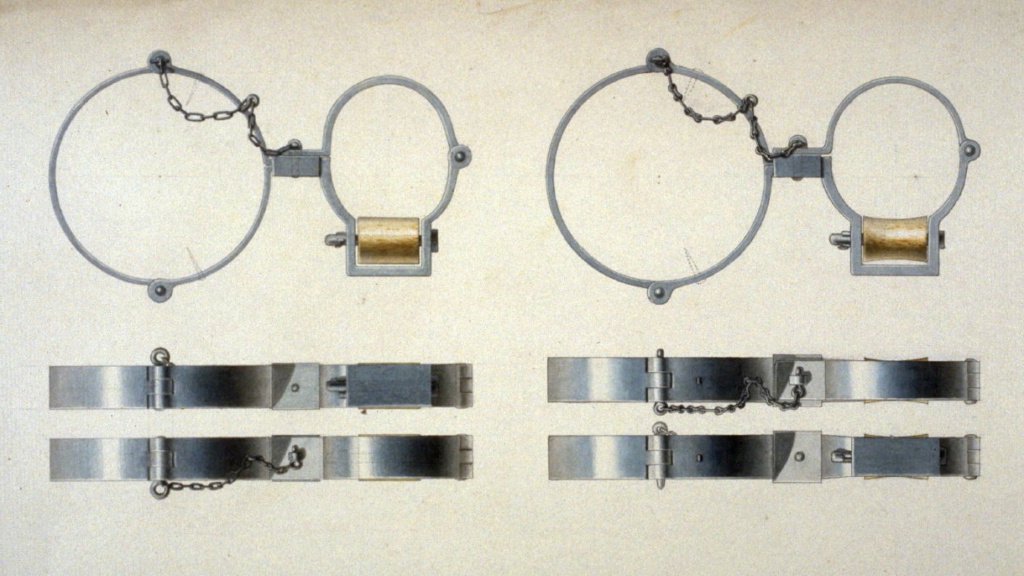
GD
- tkay11, AJohnson, GrandpaPhil and 10 others
-
 13
13
-
Hello,
Concerning the height of Le Mercure deck under the forecastle, I checked in the monograph and, measured on the plan, it is 5 feet 1 inches (0.325 m French feet) from plank to plank. This gives a height of 1.68 m.
In his "Traité de Construction" dated circa 1730, the period that interests us, Blaise Ollivier gives, for merchant ships, a height of "4 feet to 4 feet 10 inches / 5 feet above the deck" (still French feet). And this height is also present in the description of small frigates.
Jean Boudriot therefore applied the current practices at that time to make his drawings.
Often, information from the past surprises us and we tend to think of an error. By cross-checking the data, we realize that this is not the case and above all that our mind is not adapted to the criteria of the time.
I think you have been badly advised because there is documentation on the frigates of the time much more suitable than Le Mercure for your reconstitution.Sorry Johannes for this drift of the subject.
GD
-
11 hours ago, shipmodel said:
Yes, we should allow M. Budriot some leeway in his efforts, but we should also draw a line at some lazy techniques that affect the work of those that he is writing for.
In my case I used his plans for the light frigate Le Mercure when I was building the Queen Anne's Revenge, Blackbeard's flagship. Although I found his detail drawings to be excellent, both in drafting and historic accuracy, there was a major problem with the hull. It seemed as though he had simply scaled down the plans for a somewhat larger frigate. This meant that as drawn the gun deck would have been 4 feet high. I had to digitally remove one of his lower decks to move everything down to give me enough headroom for the sailors to work the guns. This then affected the height and spacing of the gunports, which affected the shroud chains, etc. All in all, it added a good deal of unnecessary work. All of the details are in my build log if you are interested.
I was not overly concerned with this once I had corrected it. Since no one knows exactly what the QAR looked like, I had a lot of freedom to make reasonable interpretations, unless they contradicted some piece of the actual ship that had been recovered from the sea floor. However, for those in our community who build to the highest tolerances and the best historic research, I can only advise caution with M. Budriot's work.
To use an often quoted truism - "Trust But Verify."
Be well
Dan
Hello,
"Trust but verify"...
First, verify your own knowledge in this field, where your culture is obviously very superficial and does not allow you to judge objectively the work of Jean Boudriot, who is otherwise recognized as one of the great, if not the greatest, specialist in French naval archaeology.
Using the construction plans of a merchant ship to deduce those of a 40-gun frigate is a very hazardous venture whose credibility can be seriously questioned.
But everyone has the right to be wrong.GD
-
Hello,
At that time, the studding sail boom is either placed at 45° or forward to the yardarm in order to slide into this fittings :

- Keith Black, GrandpaPhil, mtaylor and 2 others
-
 5
5
-
Hello,
Please note that the cleats on the yardarms are not square, they have this shape (the front part of the yard is at the top of the picture):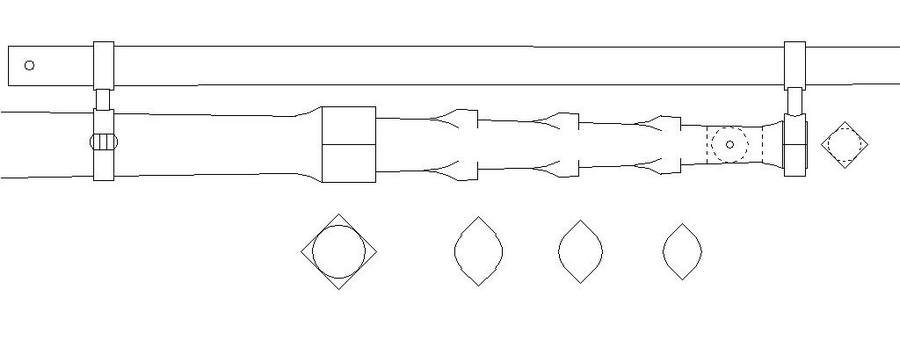
Example on Le Rivoli :

GD
- mtaylor, Tobias, Keith Black and 14 others
-
 17
17
-
Hello,
I am pleased to announce you the publication of my twelfth monograph which is about a four-masted privateer ship: "L'Invention". Built in Bordeaux in 1799/1800, she is of an innovative design for the time with her pioneering hull design with very tapered lines and her unique four-masted rigging. These major innovations were far ahead of the clippers that would follow her a few decades later. It presents the characteristics of ships specifically built to be armed as privateers. Booklet 23x31cm, 130 pages and 34 large format plans.
Available in English translated by Anthony Klouda, Editions ANCRE.Gérard Delacroix
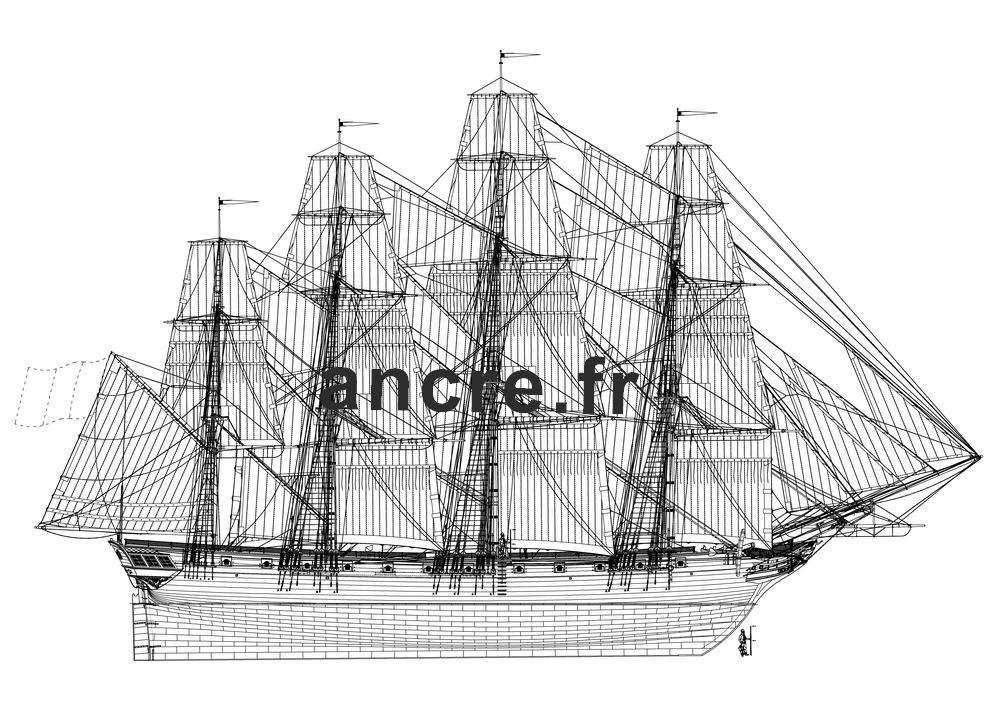
-
-
6 hours ago, Waldemar said:
...
Okay – while it is true that La Néréïde main vertical section is quite similar to that of Le Jazon, why not to try to reconstruct the whole hull shape of La Néréïde basing on the known conceptual methods from this period, so splendidly explained by Jean Boudriot in his works? Provided of course that such an attempt would suit the highest rigours of your work. It must be said that it is always some arbitrary choices are simply inevitable in such reconstructions anyway.
...
I don't know what JCL's working methods are, but I personally much prefer to use the existing plans, which are always accurate, clear and precise. The methods described by the master builders of the time are often confusing and full of uncertainties and unsaid things. The choice is quickly made.
-
Hello Waldemar
I stopped the elaboration of the monograph of La Néréïde because of the lack of the vertical section plan. I had adapted the sections of a similar ship, Le Jazon, and I had drawn all the frames and a little more. The idea that these were not the sections of La Néréïde bothered me a little and affected the rigor with which I work. On the other hand, monographs of this type of vessel are always somewhat identical. This is why I worked on Le Rochefort or the harbor dredger, which are more original and renew the subject a little.
I put this project on hold while waiting to find sources that would have satisfied me. In the meantime, I worked on other projects that gave me much satisfaction.
So there will not be two monographs and I am not collaborating with JCL, we do not have the same conception of this type of work.
I would like to take this opportunity to announce a (very) big preview of a new monograph to come, that of a privateer four-masted ship, the first modern four-masted ship of 1799, that is to say, very much ahead of those of the 1850s.Michele, sorry for the drift of the subject.
GD
-
Hello,
I know "La Néréïde" very well because I had started a monograph on this ship a few years ago.
Like all the ships of this period, the bow is wide because it has a reverse side, a feature designed to keep the waves away, to save space on the forecastle and especially to keep the catheads away from the side.
It must be said that the plans of this ship do not exist, especially the vertical sections. The only drawings we have are a longitudinal section, another vertical one in the middle and the drawing of the decorations. JC Lemineur had to adapt the vertical sections of another ship to make his plans. -
Hello,
I regret to inform you that the upper blocks are installed upside down. The small part of the block should be down. Moreover these blocks are not exactly good, (see the drawing below)
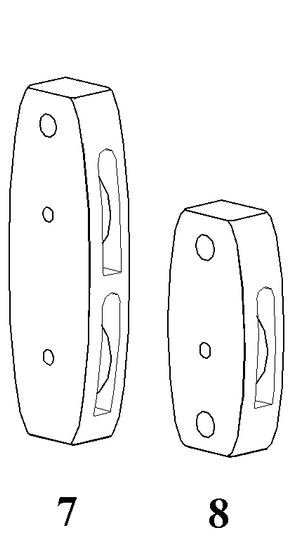
Concerning the rope, the running part is tied to the shroud chains, the surplus of rope is rolled on the upper block (see the illustration below).GD
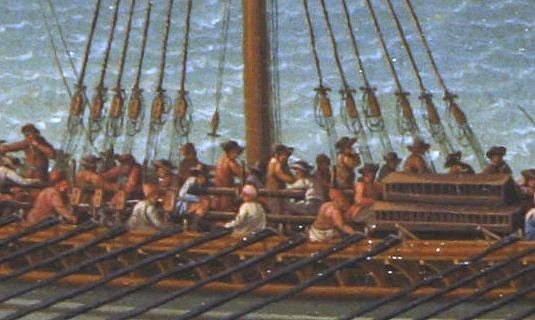
-
You should read my message, #177 of this topic.
- EJ_L, mtaylor and Bill Morrison
-
 3
3



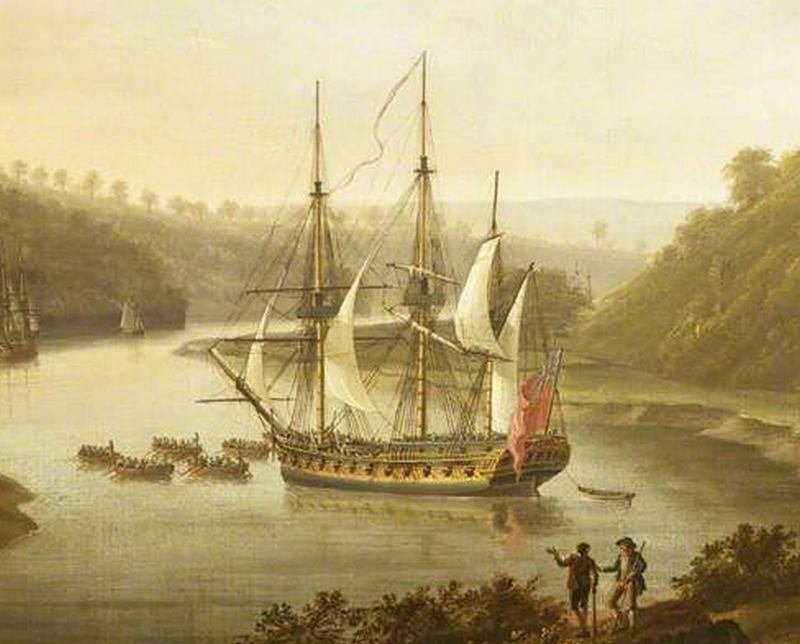

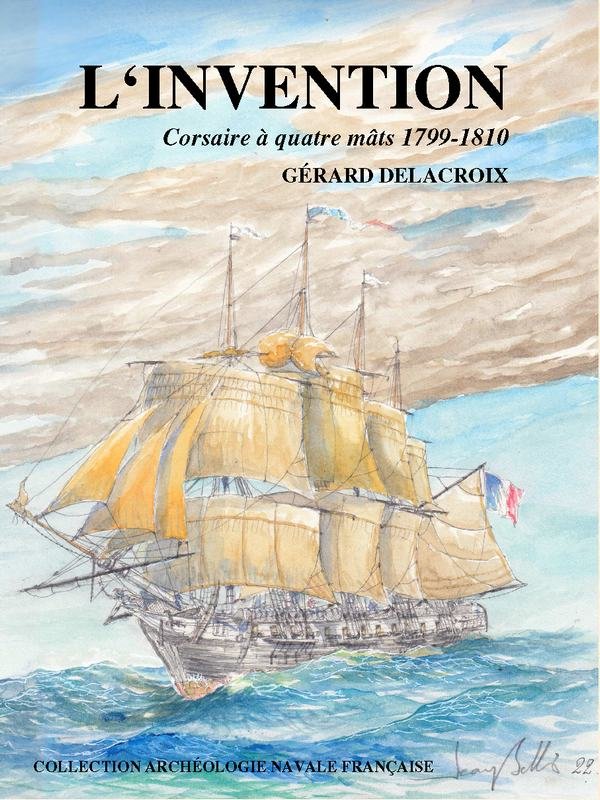

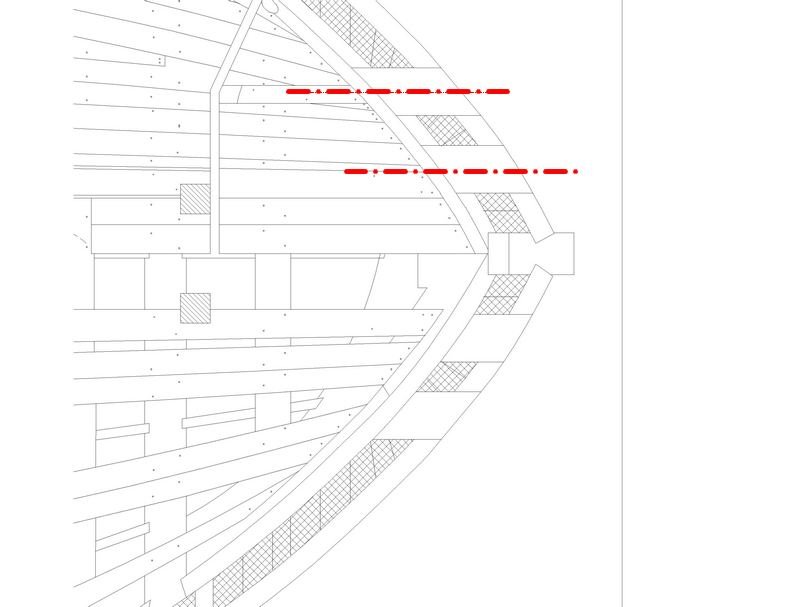
Age of Sail 2 - 3d ship models for PC wargame
in CAD and 3D Modelling/Drafting Plans with Software
Posted
Hello,
The recommendations of captains upon returning from campaigns were normally followed if they did not entail excessive expenses. For a false keel 11 cm thick (the ship is small), it is within the realm of possibility. Real anti-drift keels did not appear until the end of the 18th century.
The experience acquired on one construction must logically appear on subsequent constructions but, at the time, ships were built by several different builders and each applied their own experience. The false keel is a minor part which often appears as natural in the construction of the hull even if it is not mentioned in the specifications.
GD